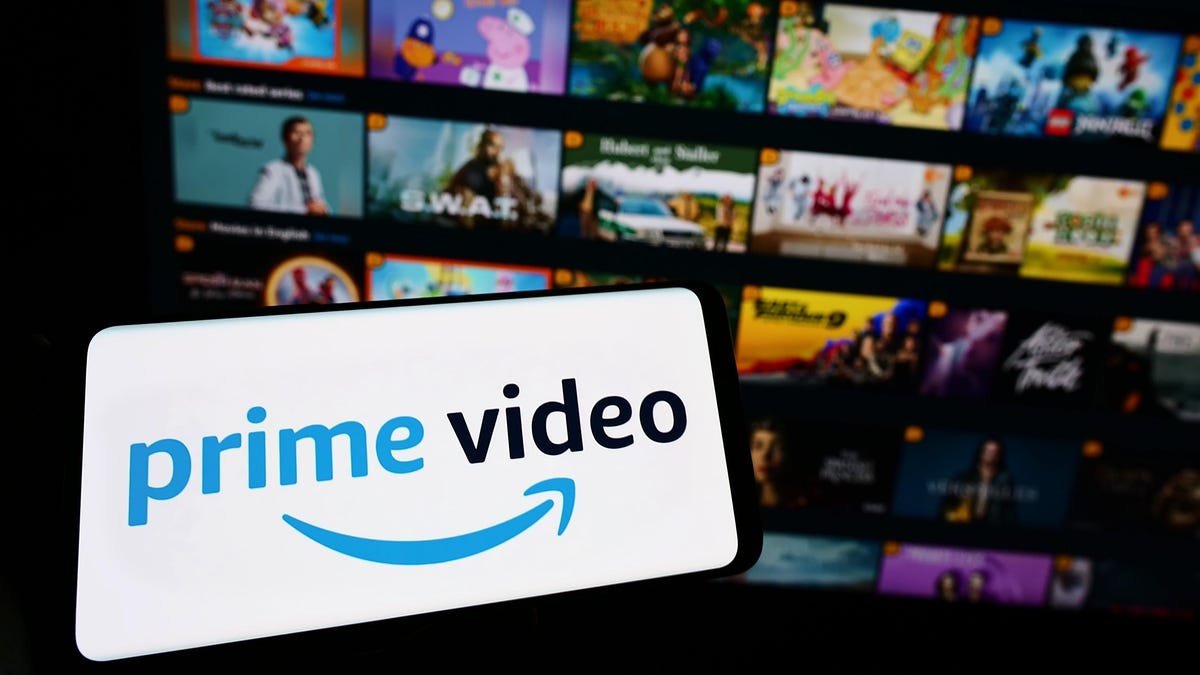
Ad-free streaming services are officially a thing of the past. Amazon injected Prime Video’s movies and TV shows with ads on Monday. The company is asking users to pay an additional $3 a month to keep Prime Video ad-free, on top of the $139 a year members already pay for Amazon Prime.
“Starting Jan. 29, Prime Video movies and TV shows will include limited advertisements,” said Amazon in an email to Prime members last month.
Advertisement
With the fall of Prime Video, that means the five largest streaming services in America all have ads now. Amazon is following in the footsteps of Netflix, Disney+, Max, and Paramount+ which all introduced ads in the last few years. Streaming services once offered a strong alternative to cable, but as the landscape has become more competitive, they’ve all resorted to being just like their highly commercialized ancestors.
Advertisement
A key piece of Amazon’s ad model is that they are throwing you into its ad-filled tier as its default when you originally could watch Prime Video with no interruptions. Most competitors haven’t been so brash, and have introduced ads more subtly by offering a cheaper option, like Netflix did at $6.99. However, Amazon is hoping you won’t care, and will just pay the same and go along for the ride, while they make a fortune on advertising to you.
Advertisement
The subscriber models for streaming services did not last long. We may be past a golden age of streaming, where companies were offering low-priced subscriptions for ad-free, premium content.
“There was a strong legacy of an anti-ads position in the company,” said Netflix co-CEO Greg Peters in an interview with Stratechery on Thursday, referring to the prior leadership. When Peters took over, and the company faced a significant slowing of growth, he saw an opportunity to change that.
Advertisement
Every streamer has ads now because they’re all so big and they can’t really grow anymore. They need to make more revenue in some other way, so that means introducing advertising and raising prices, like Prime Video is doing.
Apple TV+ is the one major streaming service that currently doesn’t have ads, but it’s also one of the smallest with just 25 million subscribers compared to Prime Video’s 200 million. A large reason that Apple TV+ can remain ad-free is that the streamer is just a perk that you get with Apple TV, so it doesn’t have to be profitable. The same was said for Prime Video, however, but they’ve decided to introduce ads anyway.
Advertisement
As streaming gets more expensive and is interspersed with advertisements, the studios are also making less content. Netflix made 130 fewer shows in 2023 than in 2022, according to Bloomberg, and it hopes to continue making fewer shows moving forward. Streaming services across the board are slowing their investment in new content, according to industry analysts.
Prime Video’s introduction of ads marks the end of an era in streaming, and potentially the end of many people’s Amazon Prime subscriptions.
Services Marketplace – Listings, Bookings & Reviews